Introduction to Russia’s Hidden Gems
While Moscow and St. Petersburg are well-known for their historical significance, stunning architecture, and vibrant culture, Russia is a vast country with countless hidden gems waiting to be explored. Beyond the iconic sites such as the Kremlin and the Hermitage Museum, Russia boasts an array of cities that offer unique experiences, rich histories, and diverse landscapes. This blog post aims to take you off the beaten path and delve into some of these lesser-known destinations that showcase the true essence of Russian culture.

Each city presents an opportunity for discovery, revealing intriguing narratives that date back centuries. From the charming canals of Kazan to the striking wooden architecture of Irkutsk, these locations promise enriching encounters that go beyond the traditional tourist experience. Not only do they highlight Russia’s rich cultural tapestry, but they also reflect the regional diversity and the influence of various historical movements throughout the nation’s history.
As travelers seek deeper connections and authentic experiences, exploring these hidden cities provides insights into local life and traditions. Each region offers its own culinary delights, breathtaking landscapes, and festivals that celebrate its unique heritage. By venturing beyond Moscow and St. Petersburg, visitors not only broaden their understanding of Russia but also contribute to the preservation and recognition of smaller communities that often remain overshadowed by their larger counterparts.
This exploration invites you to reimagine Russia as a land of mystery and wonder, filled with opportunities to engage with its multifaceted identity. With this introduction to Russia’s hidden gems, we aim to inspire curiosity and a desire to embark on a journey that transcends the ordinary, revealing the extraordinary narratives waiting to be uncovered beyond the well-trodden paths.
Kazan: The Heart of Tatarstan
Kazan, the capital of the Republic of Tatarstan, stands as a vibrant testament to the rich tapestry of Tatar culture and history. Located at the confluence of the Volga and Kamaa rivers, this city is often referred to as the “Third Capital of Russia” due to its significant historical and cultural influence. Kazan boasts a unique blend of Eastern and Western architectural styles, most notably highlighted by the Kazan Kremlin, a UNESCO World Heritage site. This remarkable fortress features the stunning Kul Sharif Mosque, which is one of the largest mosques in Russia, showcasing the Islamic architectural heritage prevalent in the region.
Walking through Kazan, visitors will find themselves immersed in a lively atmosphere characterized by the local population’s warmth and hospitality. The city’s lively streets are frequently adorned with Tatar and Russian cultural events, celebrating its diverse heritage. One cannot visit Kazan without sampling its renowned cuisine, which includes traditional Tatar dishes such as echpochmak (a meat pie) and chak-chak (a sweet dessert). Culinary experiences in Kazan are not just meals but an exploration of the city’s rich history and cultural influences.
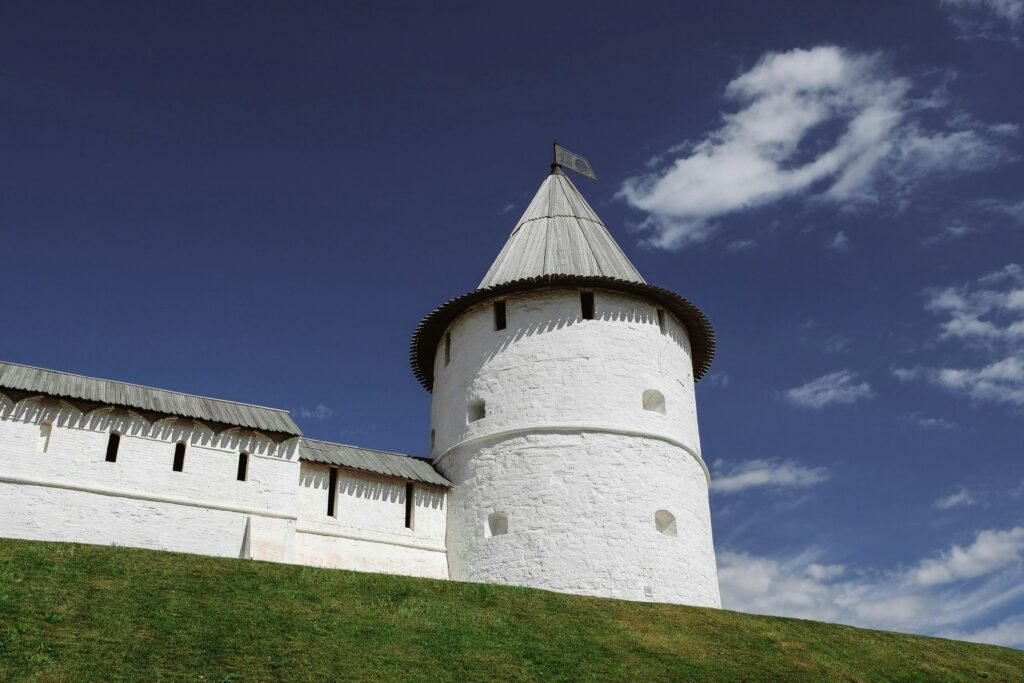
The historic millennial celebrations of Kazan in 2005 brought attention to the city’s rich heritage, further promoting its significance within Russia. Visitors to Kazan can partake in various activities ranging from exploring the bustling Bauman Street, with its shops and cafes, to visiting the vibrant markets that offer local handicrafts and fresh produce. Fun facts about Kazan’s heritage reveal its role as a crucial hub on the Silk Road, where traders from the East and West interacted, significantly contributing to its cultural and economic development. Kazan is indeed a city that encapsulates the spirit and legacy of the Tatar people while inviting exploration and appreciation from visitors around the globe.
Sochi: The Jewel of the Black Sea
Sochi, often referred to as the “Jewel of the Black Sea,” is a vibrant city that boasts a subtropical climate and stunning beaches, making it a premier destination for travelers seeking both relaxation and adventure. Nestled along the picturesque coastline, Sochi offers a unique blend of natural beauty and modern amenities, attracting millions of tourists each year. The city gained significant international recognition as the host of the 2014 Winter Olympics, which showcased its potential as a leading tourist hotspot.
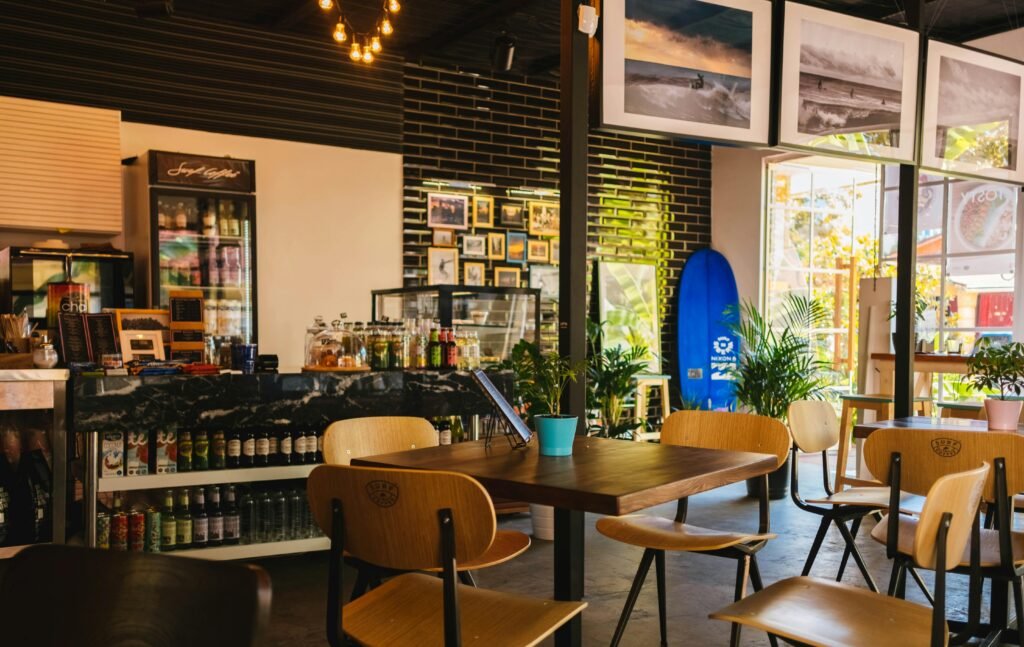
One of the key attractions in Sochi is the renowned Sochi National Park, which spans over 1,500 square kilometers and serves as a sanctuary for various flora and fauna. Visitors to the park can engage in numerous recreational activities, such as hiking, wildlife watching, and picnicking amidst spectacular landscapes that feature pristine waterfalls and lush greenery. The park is a perfect example of how nature and outdoor leisure can be beautifully intertwined, providing both locals and tourists with a serene escape from urban life.
The Olympic Park, constructed for the 2014 Winter Games, continues to be a focal point for visitors. It hosts numerous cultural events, concerts, and leisure activities year-round. The landscaped gardens, fountains, and monumental structures create a rich atmosphere for guests to explore. Moreover, the proximity of the Caucasus mountains allows for additional recreational pursuits, including skiing and snowboarding during the winter months. Conversely, during the warmer seasons, the nearby beaches offer a myriad of watersports options, ranging from jet skiing to paddleboarding.
Sochi’s diverse offerings make it an attractive year-round travel destination. By seamlessly combining the coastal allure of the Black Sea with the majestic backdrop of the mountains, Sochi has established itself as a jewel among Russia’s urban landscapes, drawing tourists from far and wide to experience its unique charm.
Yekaterinburg: The Gateway to the Urals
Yekaterinburg, the fourth largest city in Russia, serves as a significant gateway to the Ural Mountains, a region rich in cultural and historical significance. Known for its pivotal role in the history of the Romanov dynasty, the city houses the Church on the Blood, constructed on the site where Tsar Nicholas II and his family were executed in 1918. This site is not only a key religious landmark but also a symbol of the city’s tumultuous past, attracting visitors interested in the historical legacy of the Russian monarchy. The architectural grandeur of the church, combined with its tragic history, makes it a must-visit location for those exploring the depth of Russia’s tragic yet fascinating narratives.

Beyond its historical landmarks, Yekaterinburg is rapidly becoming a cultural hub in the Ural region. The city boasts a vibrant arts scene, showcased through various galleries, theaters, and festivals. The annual Ural Music Night and Yekaterinburg Jazz Festival highlight the city’s commitment to promoting artistic expression and drawing talents from across the country. Local art initiatives and exhibitions continue to flourish, offering visitors a glimpse into the contemporary Russian art landscape.
Moreover, Yekaterinburg’s culinary scene provides a delightful journey for food enthusiasts. Restaurants in the city serve a diverse array of dishes, blending traditional Russian cuisine with modern culinary techniques, often emphasizing local ingredients. Whether one opts for a cozy café or a fine dining experience, the gastronomic offerings reflect the cultural diversity present in the city.
For outdoor aficionados, Yekaterinburg is perfectly positioned to explore the natural beauty of the surrounding Ural Mountains. Activities such as hiking, skiing, and exploring nearby nature reserves are readily accessible, making the city an excellent base for outdoor adventures. Thus, Yekaterinburg stands not only as a historical landmark but also as a dynamic city embracing modern culture and natural beauty.
Nizhny Novgorod: A City of Confluence
Nizhny Novgorod is a remarkable destination located at the strategic junction of the Volga and Oka rivers. This prime location has historically made it a key trading point, contributing to its rich merchant history. The city’s kremlin, a UNESCO World Heritage site, stands as a testament to its past, offering visitors a glimpse into the historical fortifications that once protected the city. The kremlin is not only architecturally impressive but also provides stunning views from its ramparts, making it a must-visit for both history enthusiasts and casual travelers alike.
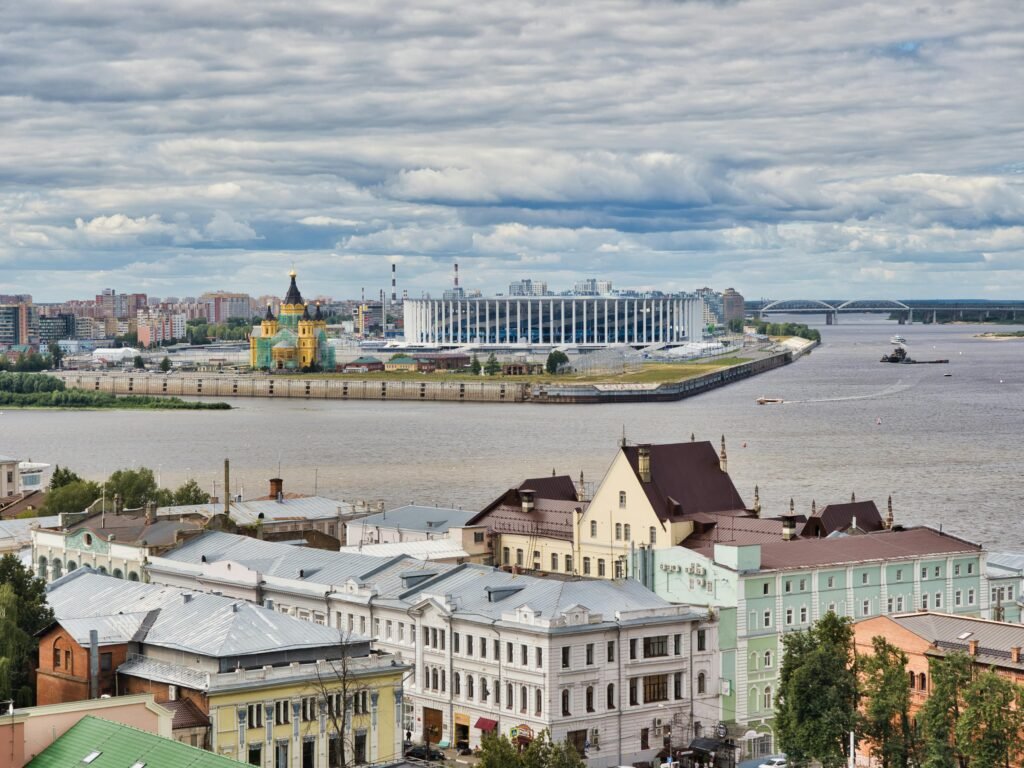
Another highlight of Nizhny Novgorod is the vibrant arts scene that thrives within its boundaries. The city plays host to numerous theaters, galleries, and festivals, showcasing both local talent and international works. One particularly notable venue is the Nizhny Novgorod State Academic Theater, which presents a variety of performances throughout the year. Additionally, visitors can explore cultural events such as the annually held Volga Fest, celebrating local music and art, making it an excellent opportunity for tourists to immerse themselves in the region’s creativity.
Exploring Nizhny Novgorod also involves indulging in its local cuisine. Popular dishes include traditional Russian fare such as borscht, pirozhki, and shchi, which can be savored at local markets and eateries. Bolshaya Pokrovskaya Street, the city’s main pedestrian thoroughfare, is lined with restaurants and cafes offering delicious meals that highlight the city’s culinary diversity. As you stroll along this vibrant street, you can enjoy the local atmosphere and perhaps discover unique handicrafts and souvenirs at the various shops. To fully appreciate Nizhny Novgorod’s charm, engaging in its dynamic culture and savoring the local flavors are highly recommended activities for travelers.
Vladivostok: Pacific Gateway
Vladivostok, a remarkable port city situated on the Pacific coast of Russia, serves as a significant gateway to Asia. Positioned at the eastern edge of the country, it is one of the largest cities in the Russian Far East and a vital naval base. The stunning landscape of Vladivostok is characterized by the breathtaking coastline of the Sea of Japan, complemented by the impressive Golden Horn Bridge that enhances the city’s picturesque skyline. This architectural marvel not only serves as a crucial transport link but also stands as a symbol of the city’s modernization and connectivity.
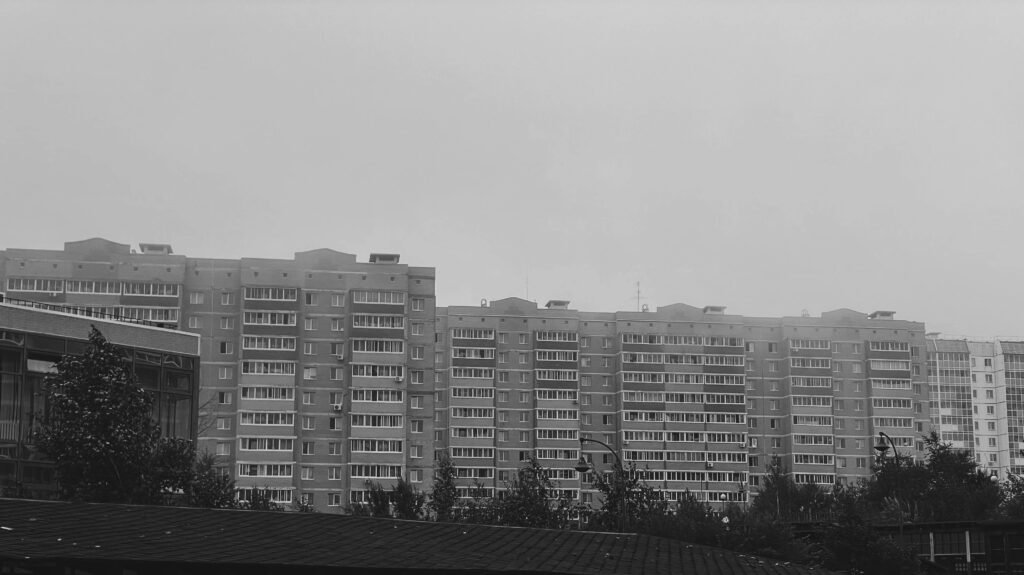
The cultural tapestry of Vladivostok is woven from rich Russian traditions and vibrant Asian influences, making it a unique melting pot of heritage. This intersection of cultures is evident in the local cuisine, architecture, and various festivals, including the renowned Vladivostok International Film Festival. This annual event attracts filmmakers and cinema enthusiasts from across the globe, showcasing the city’s commitment to the arts and its burgeoning cultural scene. Visitors have the opportunity to immerse themselves in the local film industry, which creatively merges Russian storytelling with Asian cinematic techniques.
Beyond its cultural offerings, Vladivostok is home to an array of recreational activities that appeal to tourists and locals alike. The surrounding natural beauty provides ample opportunities for outdoor adventures, such as hiking in the nearby hills or enjoying water sports along the coastline. The city’s vibrant atmosphere, coupled with its strategic location, invites travelers to explore both its historic landmarks and the stunning natural landscapes that define the region. Overall, Vladivostok stands out as an essential destination for those wishing to experience the diverse offerings beyond the more commonly visited cities of Moscow and St. Petersburg.
Khabarovsk: Nature and History Unite
Khabarovsk, a remarkable city located in the Russian Far East, serves as a perfect blend of nature and history, appealing to both nature enthusiasts and history buffs. Nestled along the banks of the majestic Amur River, this city is characterized by its stunning embankments, which provide picturesque views and a peaceful atmosphere for residents and visitors alike. The river not only enhances the city’s natural beauty but also serves as a vital resource and historical milestone contributing to Khabarovsk’s development over the years.
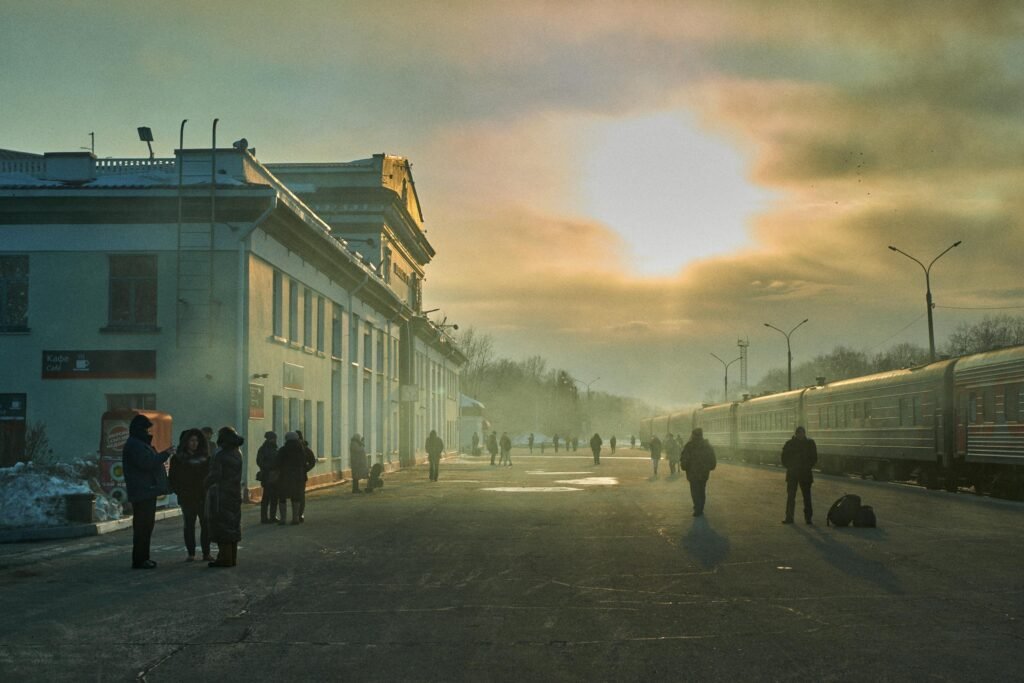
The Amur River embankment is a popular spot for leisurely strolls, offering various recreational activities such as cycling and picnicking. Visitors can enjoy the well-maintained pathways, adorned with local flora, which enhance the overall aesthetic of the area. Additionally, Khabarovsk boasts an array of local parks, such as Dinamo Park and Komsomolsky Park, that provide ample opportunities for outdoor adventures, including hiking, bird watching, and enjoying seasonal festivities. These green spaces also serve as venues for cultural events, further enriching the community’s vibrant social life.
Cultural significance in Khabarovsk is evidenced through its diverse historical sites and museums. The Khabarovsk Regional Museum stands as a testament to the area’s historical richness, showcasing exhibits that illustrate the evolution of the city and its residents, including Indigenous cultures. Throughout Khabarovsk, one can observe the blending of Russian traditions with Indigenous heritage, which is manifested in local culinary offerings, art, and festivals. This unique combination not only adds depth to the city’s identity but also invites travelers to explore and appreciate the stories woven into its fabric.
Samara: The City of Aviation
Situated on the banks of the majestic Volga River, Samara is often referred to as the “City of Aviation” due to its significant contributions to the aerospace industry in Russia. This vibrant city plays a critical role in the country’s space endeavors, housing the Samara Space Museum, which showcases the rich history of Russia’s space exploration. Visitors to the museum can explore various exhibits that highlight key milestones in aviation and space travel, including models of spacecraft and interactive displays that bring to life the technological advancements made over the years.

The Volga River waterfront adds an additional layer of charm to Samara, providing a picturesque setting for both leisure and recreational activities. The river is a focal point for local residents and tourists alike, offering opportunities for boat tours, fishing, and simply enjoying the natural beauty of the area. Along the waterfront, visitors can find parks, beaches, and cafés, making it an ideal spot for relaxation or social gatherings.
Cultural highlights in Samara are rich and varied, reflecting the city’s unique character and heritage. One notable event is the annual Samara River Festival, which celebrates the city’s connection to the Volga and its importance in local life. The festival features an array of activities, including traditional music, dance performances, and culinary delights that showcase the region’s flavors. This event draws both residents and tourists, fostering a strong sense of community and pride in local traditions.
Beyond its aviation and cultural offerings, Samara is also renowned for its architecture and historical landmarks. The city features a blend of modern structures and historic buildings, providing a visual narrative of Samara’s development throughout the years. As more travelers seek destinations that emphasize innovation and history, Samara emerges as a compelling choice, appealing to those interested in science, culture, and the enduring legacy of human ingenuity.
Irkutsk: The Siberian Pearl
Irkutsk, often referred to as the “Siberian Pearl,” serves as a significant gateway to the breathtaking Lake Baikal, the world’s deepest freshwater lake. This city, with its rich and diverse history, was prominently established during the era of the Trans-Siberian Railway, which played a crucial role in connecting the eastern and western parts of Russia. Irkutsk’s historical significance cannot be overstated, as it became a vital hub for trade and culture, facilitating essential exchanges between different regions and peoples.
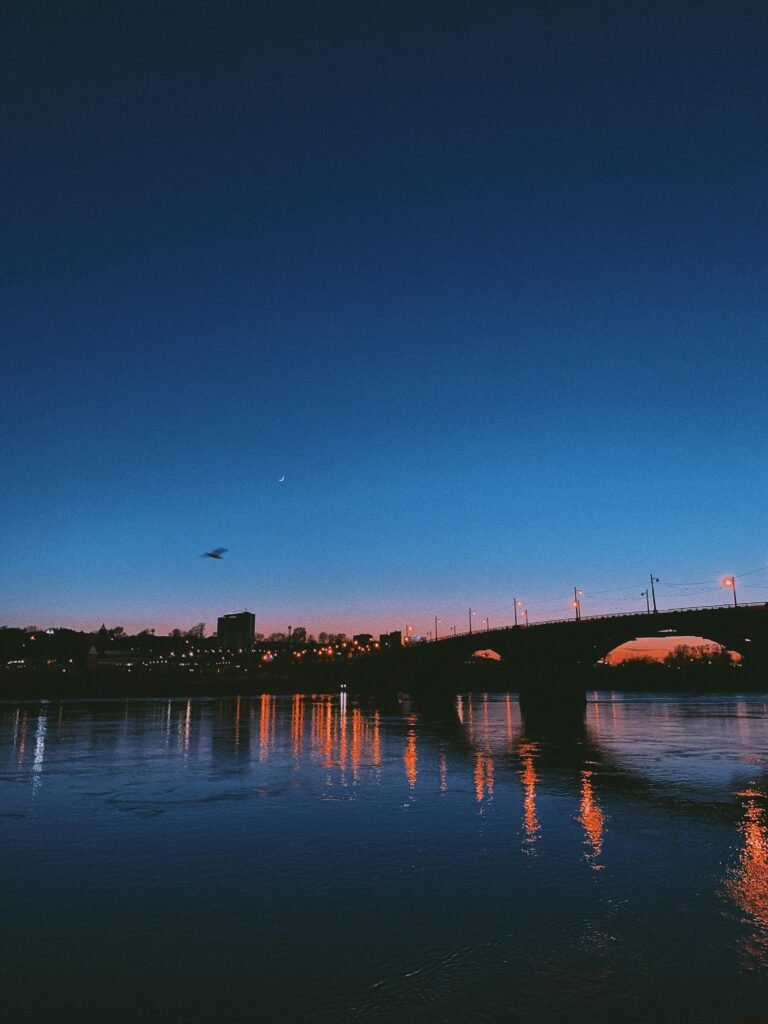
The architectural landscape of Irkutsk is particularly noteworthy, characterized by splendid wooden constructions that reflect the unique Siberian architectural style. These structures offer a glimpse into the city’s past and exhibit the craftsmanship that has been preserved over generations. Visitors can find an array of museums, such as the Irkutsk Regional Museum of Local Lore, which showcases the cultural heritage and historical timeline of the area, including artifacts from the indigenous peoples of Siberia.
Additionally, the scenic beauty surrounding Irkutsk is unmatched, with Lake Baikal providing endless opportunities for exploration and adventure. As the deepest lake in the world, Baikal thrives with biodiversity, featuring unique flora and fauna that captivate nature enthusiasts and researchers alike. The crystal-clear waters are an invitation for tourists to partake in various activities such as hiking, kayaking, and photography, all while absorbing the stunning landscapes that define this region.
Moreover, the cultural identity of Irkutsk has been shaped significantly by the influences of indigenous cultures, which are still palpable today. These influences create a unique blend of traditions and modernity, making the city an essential stop for those aiming to explore the intricate tapestry of Siberian life. In summary, Irkutsk offers a rich historical and cultural experience, seamlessly connecting visitors with both the natural beauty of Lake Baikal and the deep-rooted traditions of Siberia.
Conclusion: Embracing Russia’s Diversity
In exploring Russia’s vast and rich geographic landscape, we have highlighted ten remarkable cities that showcase the country’s diverse cultural tapestry beyond the iconic skylines of Moscow and St. Petersburg. Each city possesses its own unique charms and historical significance, from Yekaterinburg’s pivotal role in Russian history to Kazan’s harmonious blend of cultures. The vibrant art scene in Nizhny Novgorod, the architectural wonders of Vladivostok, and the serene beauty of Irkutsk near Lake Baikal also contribute to Russia’s allure.
Travelers may find themselves captivated by the spirited atmosphere of Samara, known for its beautiful Volga River embankment, or the quaint streets of Novgorod, which narrate tales of medieval times. Embracing Russia’s diversity means acknowledging the cultural multiplicity present in each city, whether it is the culinary delights in Rostov-on-Don or the historical depth of Omsk. These destinations, while less traversed, offer transformative experiences that enrich one’s understanding of Russian culture and heritage.
As you plan your travel itinerary, consider venturing beyond the familiar confines of the two major cities to explore these hidden gems. Each location is a testament to the resilience, creativity, and hospitality of the Russian people. Engaging with the local communities and immersing yourself in their traditions will undoubtedly create memorable experiences. We encourage fellow travelers to share their experiences and insights about these destinations, ultimately fostering a community where travelers can inspire one another in exploring the multifaceted dimensions of Russia. Embrace the adventure and discover the remarkable stories that await in these ten extraordinary cities.



